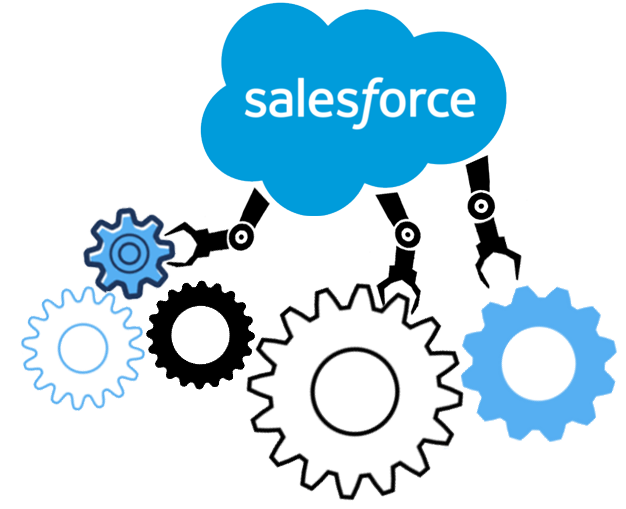The Salesforce security model is a system that controls access to data and functions within the Salesforce platform. It is based on a series of layers, each of which provides a different level of security. The outermost layer is the network layer, which controls access to the Salesforce platform itself. The next layer is the application layer, which controls access to specific features and functions within the platform. Finally, the data layer controls access to specific data sets within Salesforce.
The Salesforce security model is designed to allow for granular control over who can access what data and functionality. For example, an administrator can grant a user read-only access to a particular object, or allow a user to edit only certain fields in an object. The Salesforce security model also allows for the creation of custom permissions, which can be used to control access to specific data sets or functionality.
The Salesforce security model is a critical part of the platform and is designed to keep data safe and secure. However, it is important to note that no system is perfect, and there are always risks associated with any type of data sharing. It is important to understand the risks involved in using Salesforce and to take steps to mitigate those risks.
What are the different layers of the Salesforce security model?
- The Salesforce security model has three primary layers: the network layer, the application layer, and the data layer.
- The network layer controls access to the Salesforce platform itself. This layer includes features such as the login page and the password recovery page.
- The application layer controls access to specific features and functions within the Salesforce platform. This layer includes things like the App Launcher, which allows users to launch apps, and the Lightning Experience, which is the Salesforce user interface.
- The data layer controls access to specific data sets within Salesforce. This layer includes objects such as accounts, contacts, and opportunities. It also includes fields, which are individual pieces of data within an object.
What are the different types of permissions in Salesforce?
There are two primary types of permissions in Salesforce: object permissions and field permissions.
- Object permissions control access to specific data sets within Salesforce. For example, an administrator can grant a user read-only access to a particular object.
- Field permissions control access to specific fields within an object. For example, an administrator can allow a user to edit only certain fields in an object.
What are the different levels of access in Salesforce?
- There are three primary levels of access in Salesforce: public, shared, and private.
- Public access means that anyone can see and edit the data.
- Shared access means that only certain users can see and edit the data.
- Private access means that only the owner of the data can see and edit it.
What is the sharing model in Salesforce?
The sharing model is a system that determines who can see and edit data within Salesforce. There are two primary sharing models in Salesforce: shared objects and public groups.
Shared objects are data sets that can be seen and edited by any user who has access to the object. For example, an administrator can grant a user read-only access to a particular object.
Public groups are data sets that can only be seen and edited by users who are members of the group. For example, an administrator can allow a user to edit only certain fields in an object.
What is the Role Hierarchy in Salesforce?
The role hierarchy is a system that controls how users inherit permissions from one another. The role hierarchy is designed so that users with more permission (such as administrators) can pass those permissions down to other users.
How does the Role Hierarchy work?
The role hierarchy works by assigning each user a role. Roles can be either public or private. Public roles are roles that anyone can see and edit. Private roles are roles that only the owner of the role can see and edit.
Conclusion:
The Salesforce security model is a critical part of the platform and is designed to keep data safe and secure. However, it is important to note that no system is perfect, and there are always risks associated with any type of data sharing. It is important to understand the risks involved in using Salesforce and to take steps to mitigate those risks.















